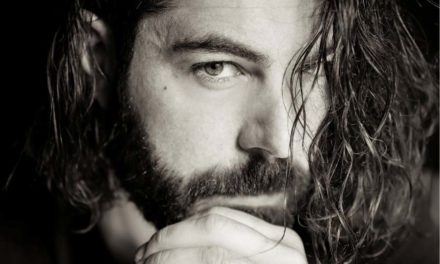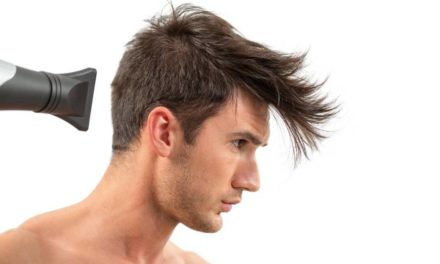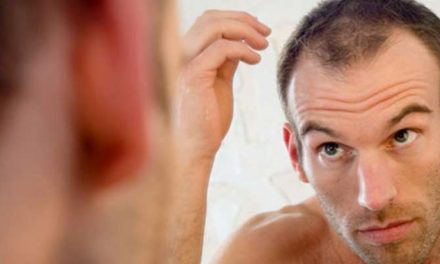The hair transplant industry has grown immensely in recent years. With several studies backing it as an authentic solution to hair loss, the surgery was accepted and received worldwide. Normally, grafts from the back of the scalp are transplanted to grow hair in the bald areas. However, there are some cases when hair transplant with body hair is utilized as an alternative to regrow hair.
For such scenarios, the FUE method is the only suitable technique. This involves extracting individual hair follicles from different body parts, storing and then implanting them into recipient channels. But when will your surgeon recommend going with BHT? Which areas can be alternative donors? And most importantly, will the surgery be successful?
Read the following article to find out answers to these and many other questions related to BHT.
When do Patients Require a Body Hair Transplant?
Traditional hair transplants are not suitable for patients with severe baldness. As a large number of grafts are required to cover up the recipient area, using the back of the scalp alone will not be enough to meet the need.
Besides, there is a certain harvesting limit for the donor area. If exceeded, the overharvesting may lead to visible patchy scars. Whereas the worst cases may even cause the donor area baldness.
Therefore, to conceal widespread baldness, the surgeon refers to BHT or sometimes a combination of both regular hair transplant and BHT. Along with providing for the grafts required, BHT also leaves no evident surgery or scarring marks on the body.
Possible Donor Areas for Body Hair Transplant
After a surgeon decides to perform BHT, the beard hair are their first priority as donors. Since the scalp hair structure is quite similar to the beard hair, transplanting follicles from there will give a natural look.
Moreover, the beard hair has unlimited growth which means when transplanted on the head, the patients can get to increase their hair to any desirable length. Another benefit is the thick structure and high density of hair under the chin. This allows extracting grafts without any side effects.
But if there is an insufficient density of hair under the chin, the surgeon can skip to other body parts similar in genetic makeup to the scalp hair. The other options for donor areas can be:
- Neck
- Arms
- Legs
- Back
- Chest
Cost of Body Hair Transplants
The follicles on the scalp generally grow hair in groups of 1,2,3 or even 4. In contrast, the body hair grafts are different and usually, only a single hair grows out of each graft. Hence, higher follicles are required for transplantations which makes the surgery more difficult and labour-intensive.
Also, the hair follicles on the body have varying diameter, position, length and depth. For taking out grafts successfully, the surgeon has to make frequent punch adjustments. Otherwise, if not extracted at an absolute angle, the follicles may damage and so will the purpose of surgery.
Due to the criticality associated with such surgeries, the clinics often charge more for BHT as compared to regular hair transplants. Whereas, considering the difficulty associated with BHT, not every surgeon can handle it. So, before investing large sums, never forget to verify the experience level of the physician performing your surgery.
Success Rate of Body Hair Transplants
Unfortunately, the success rate of body hair transplants is far less than traditional hair transplants. And the chance of success further declines if the hair is not extracted from the chin or chest area. The main reason behind this is the genetic difference between the follicles of the body and the scalp. Thus, grafts rejection is more likely to occur after BHT.
Another issue with BHT is the difference in growth rate, colour and texture of body hair from the scalp hair. This signifies that even after receiving a successful body hair transplant, the patients might not get the natural look as the body hair will fail to blend in with the head hair.
However, a study published in the Journal of Cutaneous and Aesthetic Surgery concludes that body hair can be a suitable alternative to scalp hair if the donor area has good growth. In brief, proper counselling and gathering more data is mandatory to find out the right routes that make this method more efficient and less risky.
The Bottom Line
Although BHT is not as successful as regular hair transplants, they are not a complete failure as well. If received from a skilful surgeon, the transplantation can yield satisfactory results. However, don’t be in haste for the surgery as proper consultation is necessary to decide whether your body hair can supplement scalp hair or not.















